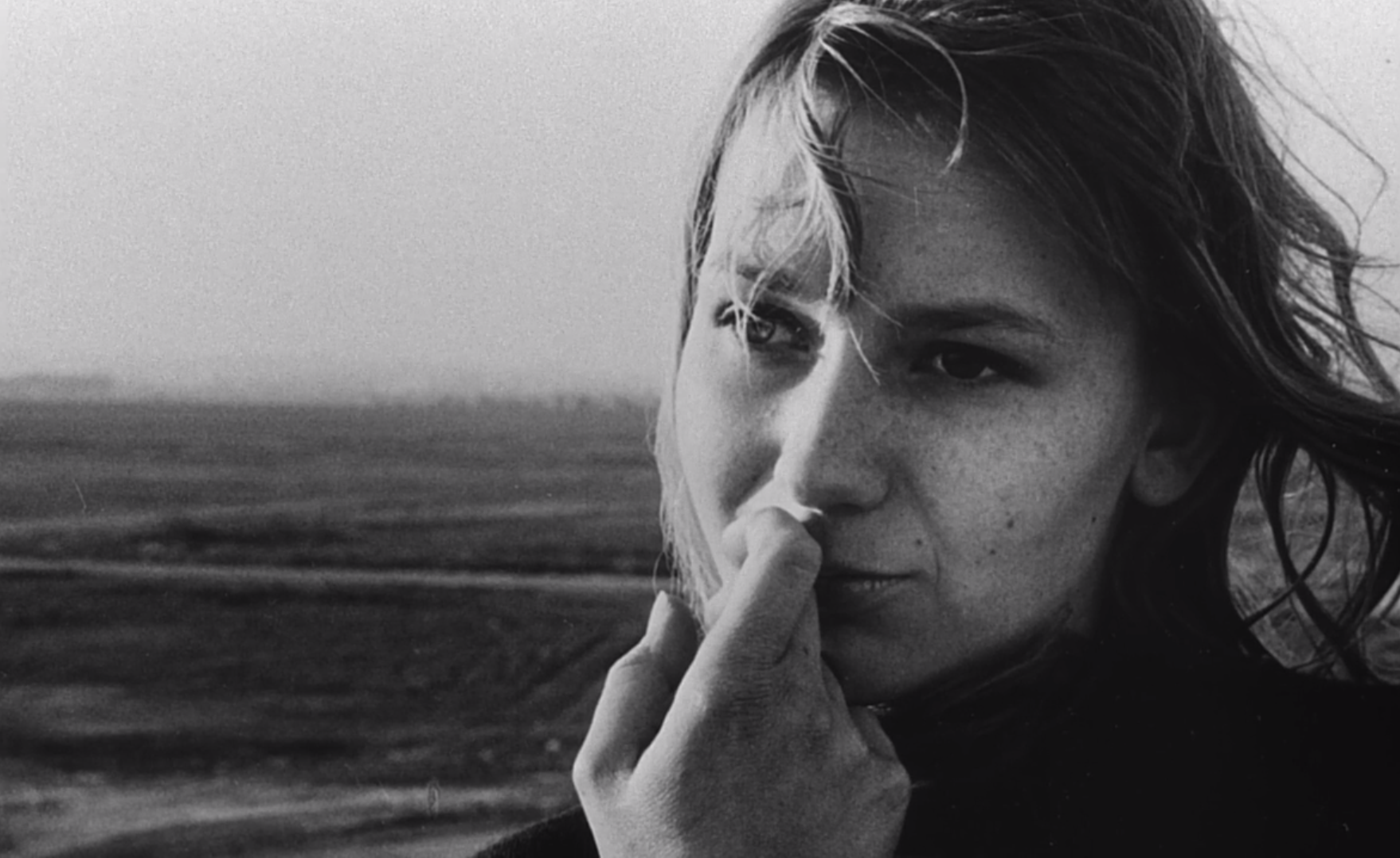Books received: Permafrost by Alastair Reynolds. Tor Books: 2019.

Permafrost by Alastair Reynolds might be Reynolds' most beautiful book. Its literary qualities--the weight of images tied to the narrative and a light touch with language--are as impressive as the conceit of time travel through sophisticated X-ray devices: computed tomography machines (CT scanners).
Everything in this book is deliberately placed, crafted one might say. During time travel, the lead character, Valentina calls her mother. She talks to her but there's no real connection, only the reminder that in the past, she would soon leave her mother behind. Painfully, Valentina groks the lack of her relationship with her mother. By the end of the story, Tatiana, the woman that Valentina time travels into via the CT scan method, has filled the brokenness of the connection Valentina doesn't have with her mother, and all the right emotive registers come through.

Permafrost's story is something like an improvisation on La Jetee (1962). Let's look at the parallels:

Permafrost by Alastair Reynolds might be Reynolds' most beautiful book. Its literary qualities--the weight of images tied to the narrative and a light touch with language--are as impressive as the conceit of time travel through sophisticated X-ray devices: computed tomography machines (CT scanners).
Everything in this book is deliberately placed, crafted one might say. During time travel, the lead character, Valentina calls her mother. She talks to her but there's no real connection, only the reminder that in the past, she would soon leave her mother behind. Painfully, Valentina groks the lack of her relationship with her mother. By the end of the story, Tatiana, the woman that Valentina time travels into via the CT scan method, has filled the brokenness of the connection Valentina doesn't have with her mother, and all the right emotive registers come through.
Similarities Between Permafrost and Marker's La Jetee

Permafrost's story is something like an improvisation on La Jetee (1962). Let's look at the parallels:
- Time travel is more like the transference of consciousness rather than physical travel
- Scientists seek a way to fix a future collapse by sending someone in the past to make subtle changes to save the future
- The time traveler makes contact with a personality and that relationship gradually develops
La Jetee is a meditation on the sad inevitability of war and the complications of war on the environment. It is especially poignant for its windows into the beauty of humanity, of the connection between people, the wonder of nature, and the flowering of human culture--all the more poignant because all that is good is fleeting, the clock ticking because of a human tendency toward destructiveness.
The Sacrificial Loop
A final and most thoroughgoing similarity between these two narratives is in forced sacrifice. The time traveler in La Jetee is stuck in a recurring sacrificial loop wherein he is killed to ensure that his discovered ability of time travel isn't lost. He doesn't wish to die. His blossoming relationship with the girl from the past has given him everything to live for.
In Permafrost, Tatiana, mind-linked to Valentina, is forced to sacrifice herself to ensure that gene-mode seeds survive to the future, getting the all-important gene-mod seeds clear of the downed aircraft. Fifty years later, in a symbolic move, Valentina has to hack through the permafrost to get to the ice-covered seeds below, buried beside Tatiana's frozen body. Tatiana planted herself into the permafrost along with the seeds for the future.
The Anthropocene Era
In Science Fiction Studies' special issue on the environment in 2018, the clear call for 21st-century sci-fi is that it must present the Anthropocene front and center. Climate change is real. The extinction of animals, insects, and other living organisms across the globe is real. And the disappearance of every single species demonstrates unequivocally that we're all in trouble.
The Arcadian Narrative
Time travel narratives like Permafrost and La Jetee operate on nostalgia, presenting the past as a time that could have allowed for different results had people only responded to the signs and done something--done the thing that is abundantly clear is the correct thing from the perspective of a later time. These narratives are science-fictional, time-traveling updates to the arcadian narrative, stories in which characters revisit the past in memory to consider both the promise of and the wrongs of the past. Even when the past isn't perfect, it holds a sort of beauty merely because it is the past. And going back there, getting to step back in time to get in touch with that vanished moment is a piece of unmet human desire old as human thought.
Through memory, we can look back, but it's like looking at something frozen in clouded layers of ice or, if you will, permafrost.
The Way Back is the Way Forward
Both of these narratives suggest that the way forward in the future is found in the past. The past is already full of great men and women that have sacrificed themselves to make the future better. The past is full of moments that can instruct us now. How can we be more economical with our resources? How can we live in peace with ourselves and our environment? Perhaps if we study the past, we can find our answers.
Buy Permafrost on Amazon!
Buy Permafrost on Amazon!
Ready for More Rapid Transmissions?